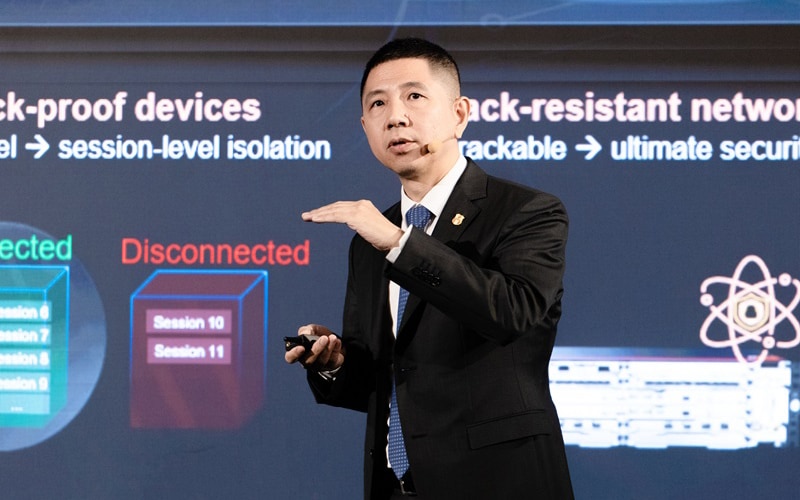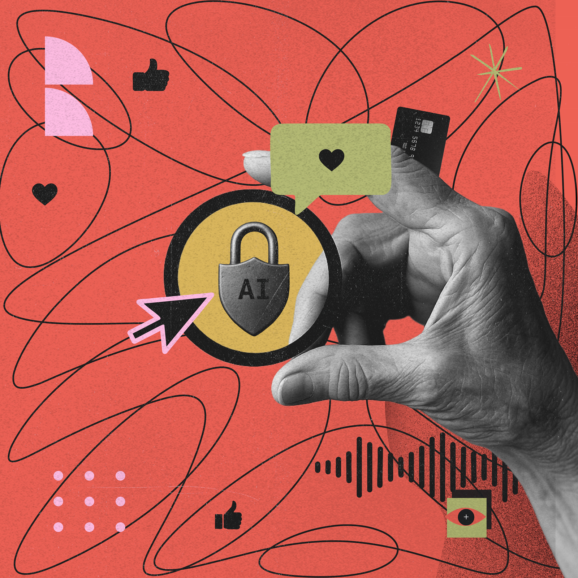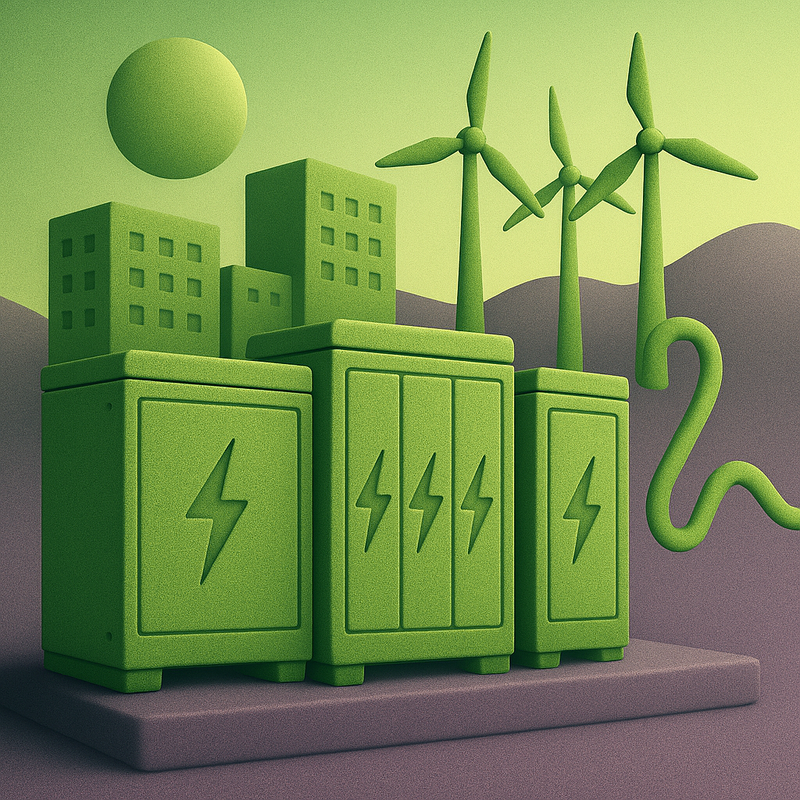IT Equipment: Leasing vs Buying in Singapore
 As the technology landscape continue to evolve, the demand for IT equipment is continually rising. Advancements in the fin-tech sector has simplified the process of transactions which has led to a rise in demand for financing. Businesses today now have more options due to such advancements, one of them being whether they should buy or lease IT equipment. Here are the differences between buying and leasing.
As the technology landscape continue to evolve, the demand for IT equipment is continually rising. Advancements in the fin-tech sector has simplified the process of transactions which has led to a rise in demand for financing. Businesses today now have more options due to such advancements, one of them being whether they should buy or lease IT equipment. Here are the differences between buying and leasing.
Cost: Leasing vs Buying
Buying usually refer to one-off payment for an asset. Usually, this requires the firm to spend a sizeable portion upfront. This may lead to firms compromising on their IT hardware’s efficiency due to restrictions on their budgets. If a firm do not wish to spend money upfront, they can consider leasing IT equipment. A fixed monthly price will be discussed and mutually agreed upon prior to the conception of the leasing agreement. This is an effectively way for companies to save on their working capital which can be used for other operational needs.
Long Term vs. Short Term IT Equipment
The standard leasing contract length is anywhere between 2 to 4 years. The longer the tenure, the lower the monthly payment. The principal amount is amortised over the duration of the lease.
There are shorter tenures which can last a couple of months to a year. If a firm has a short-term requirement, then it is best to go with a short-term leasing contract instead of procuring the equipment. These firms can also consider renting second-hand equipment that has been refurbished to further lower operational costs.
Purchase Option
After the lease expires, businesses can choose whether they wish to return or own the equipment. This is called the purchase option. The purchase option will usually include a lump sum payment which will be discussed prior to the start of the lease. Businesses may choose to procure the items at the end of lease as they may feel that the IT equipment are in good condition and is less hassle than to start a new lease with new equipment.
For businesses that return the equipment, the amount paid is solely the monthly payments times the lease duration.
Advantages of Leasing
1. Equipment purchases have less upfront cost
The most attractive benefit is that leasing allows you to pay over a longer period. You make monthly payments instead of paying the full price upfront.
2. Asset Light
In terms of accounting, firms can simply expense off their lease instead of depreciating it. Having an asset-light business model gives more flexibility.
Disadvantages of Leasing
1. Interest Payments
Leasing will require the firm to pay interest which adds to the overall cost of a machine over time. If the purchase option is exercised after the lease duration, the cost of equipment will be higher than if firm purchase the equipment upfront. As such, firms should weight whether they should exercise their purchase option or commence a new lease with new equipment.
2. Default Risk
Lease payments are considered liabilities. If the firm runs into trouble financing their monthly lease payments, there is a chance of default. As such, firms need to properly manage their cash flow to ensure this does not happen.
Buying or leasing offers both pros and cons. The amount of capital on hand, expected usage period, and tax implications all play a role in deciding what route a business will take. Businesses have to do their own internal analysis before choosing which financing method is best.
Ultimately, you decide to make what will suit best for your business in Singapore. Speak to one of our corporate sales today →.



